The adorable capital city of Portugal, a vibrant and cosmopolitan metropole, awaits you and is always eager to dazzle your emotions.








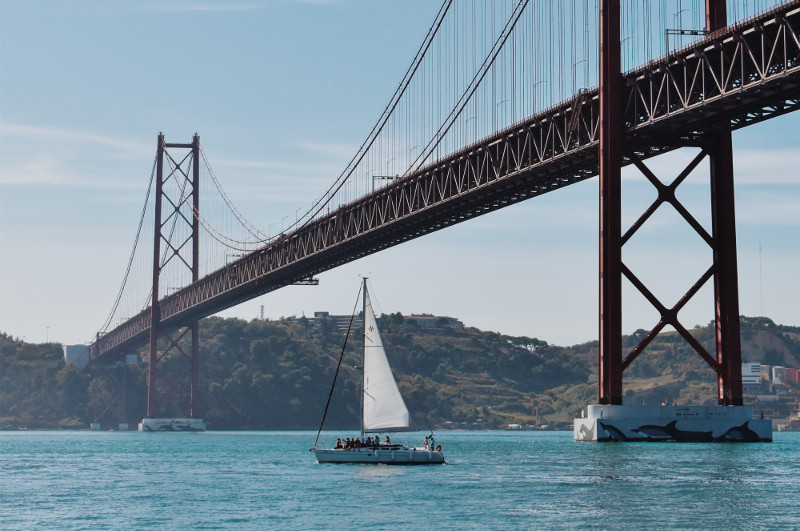
From € 40 p.p.
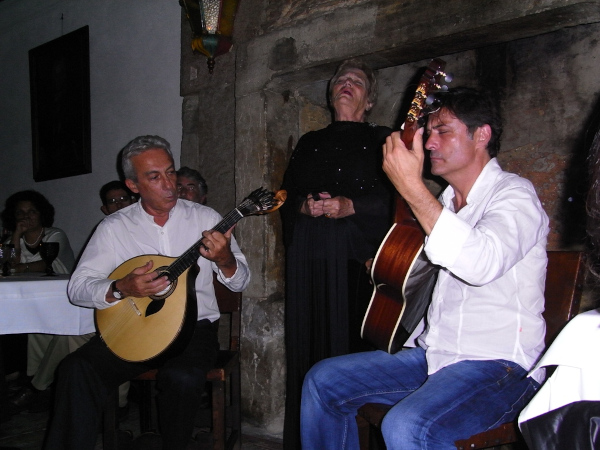
From € 85 p.p.
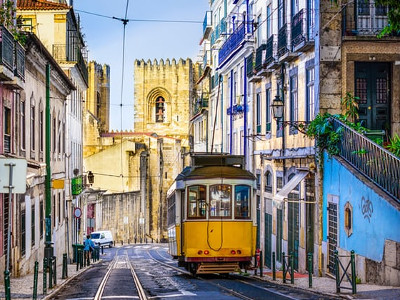
From € 20 p.p.
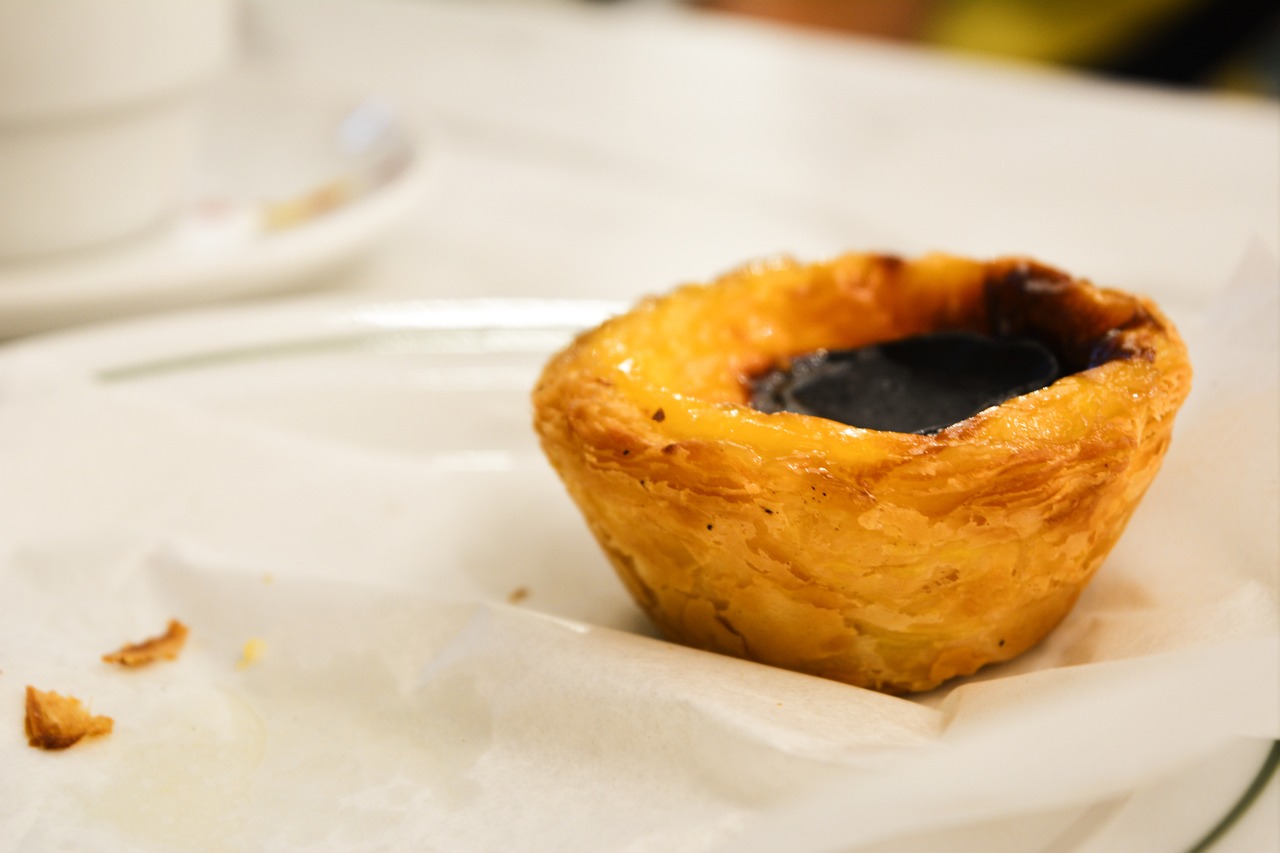
From € 75 p.p.

From € 40 p.p.
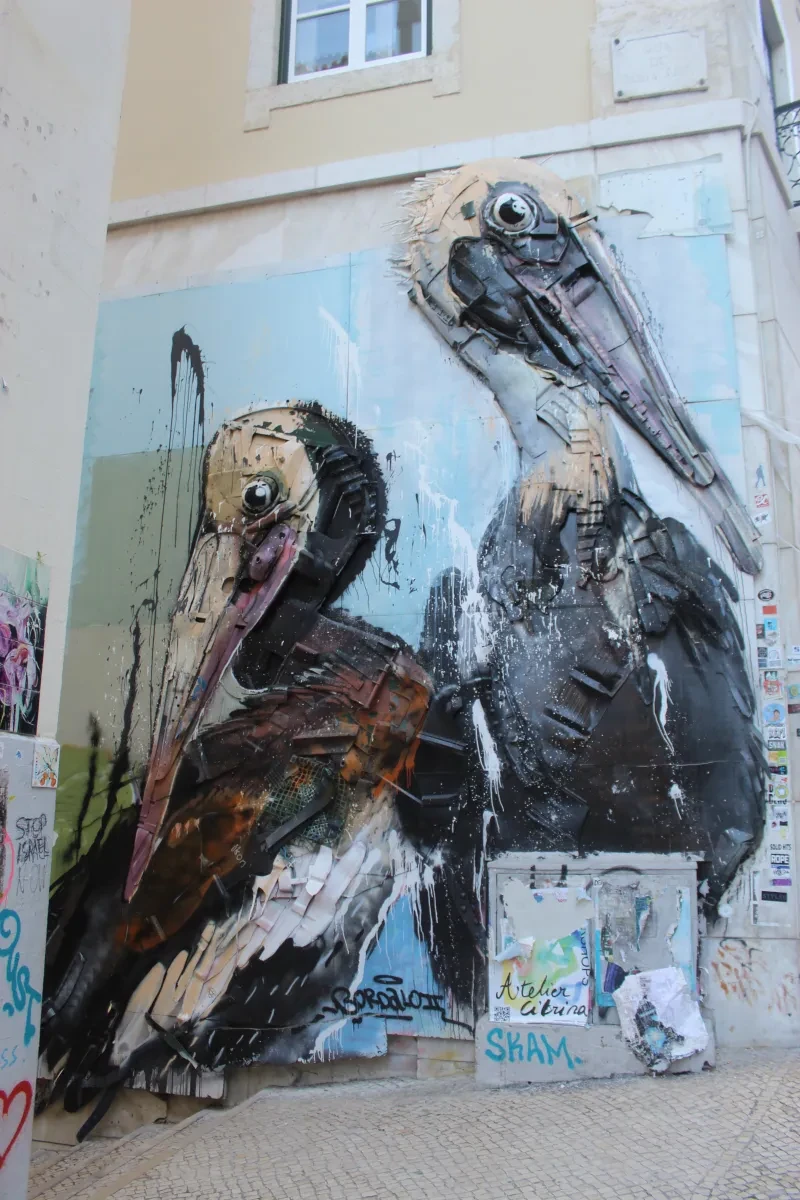
From € 35 p.p.

From € 20 p.p.
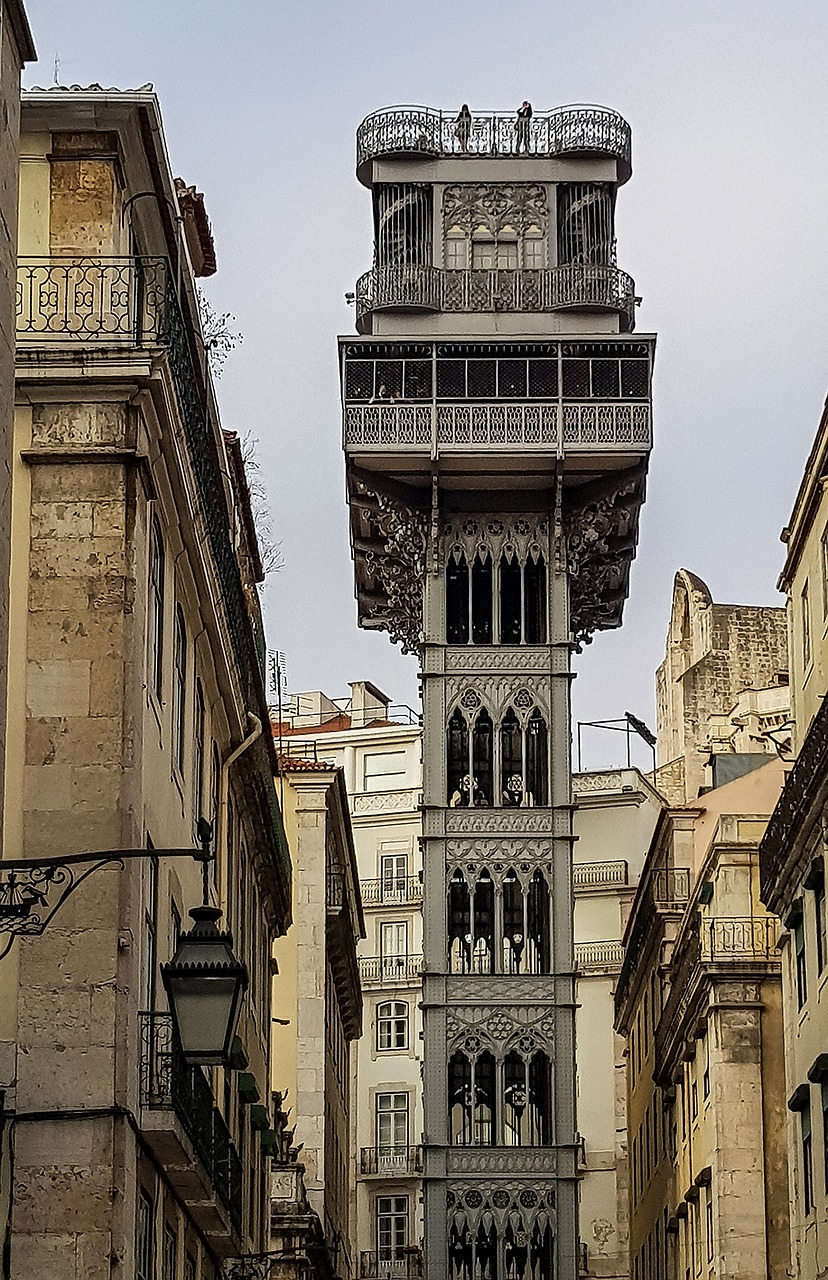
From € 20 p.p.